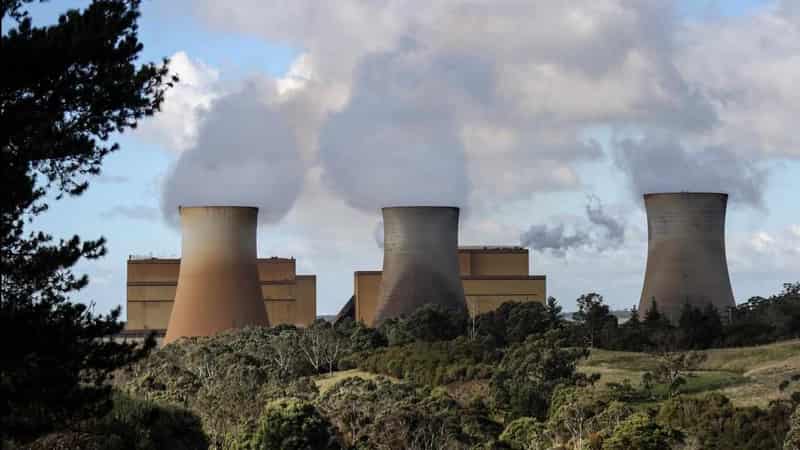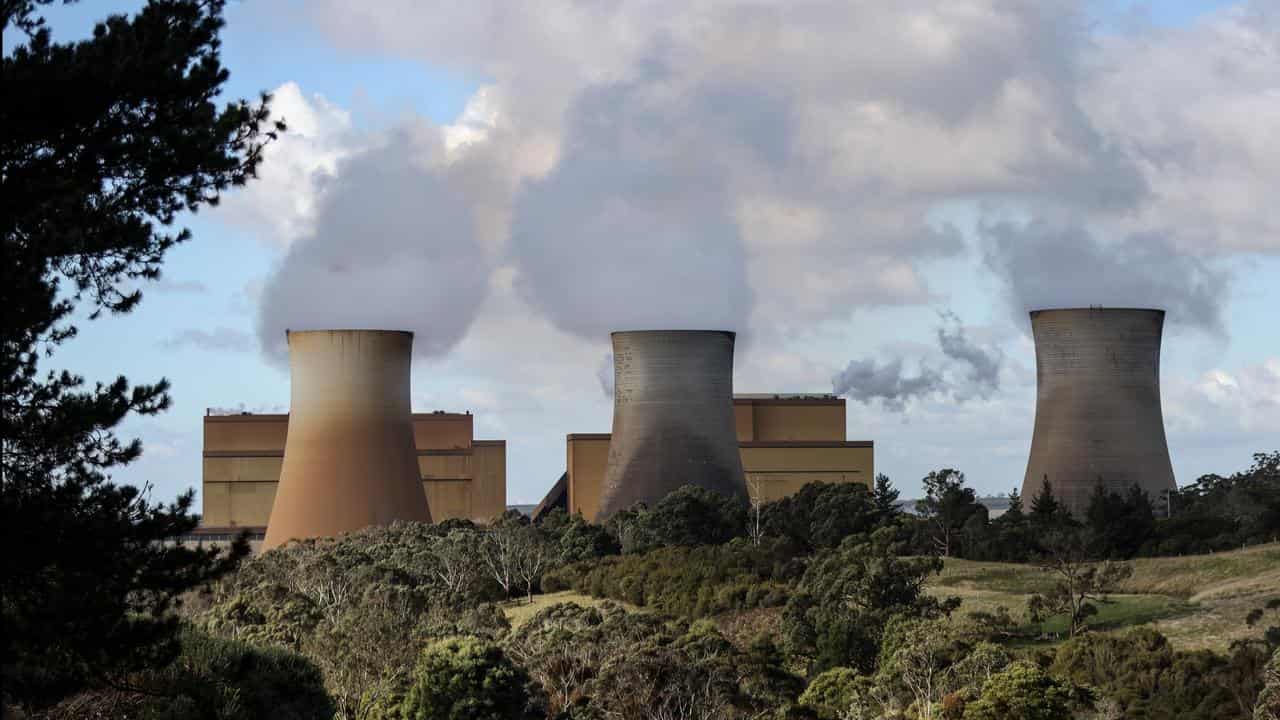
Queensland risks being left without a plan for its energy future if polls predicting an LNP election victory prove true, climate campaigners have warned.
Likely next premier David Crisafulli has flagged coal-fired power stations could be kept running "indefinitely" and vowed to repeal Labor’s renewable energy target of 80 per cent by 2035.
With voters set to go to the polls on Saturday, there is also uncertainty around whether the LNP will retain the state's legislated target of reducing 75 per cent of carbon emissions by the same year.
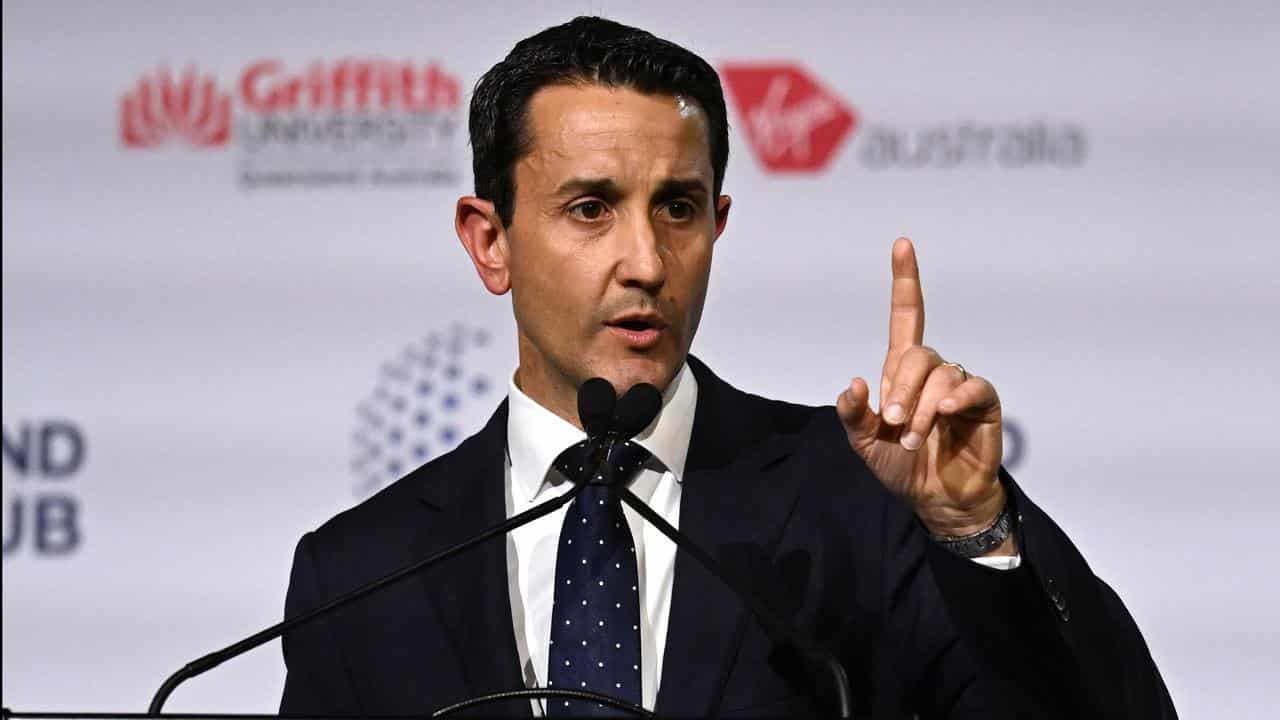
Mr Crisafulli has instead pinpointed a national target to achieve net-zero emissions by 2050 as the "biggest focus".
It remains to be seen whether it will spook investors, with dozens of projects under construction or in the pipeline in the energy-hungry state.
"Queensland has had quite a strong plan and we've seen the result of that - investment has flowed into Queensland," Clean Energy Council regional director Tracey Stinson told AAP.
"The plan is working, it is attracting investment, these projects are going ahead - why would we want to stop that?
"It's the sunniest state in the country and has wind resources that are counter-cyclical to those in the southern states."
Maybe the LNP has other options that are viable, but the industry needs to see that, Ms Stinson says.
"If they're not going ahead with that plan, what's the plan, what does that look like?"
Mr Crisafulli has said Labor's plan to turn off Queensland's eight coal generators by the early 2030s without hitting reliability or household budgets is "fanciful".
With state-run assets and a younger coal generation fleet than NSW or Victoria, Queensland has had some of the cheapest electricity in Australia.
But national electricity market data shows the state's coal plants are also amongst the most unreliable, causing repercussions across the nation's power grid where energy is traded across borders to keep the lights on.
More than one million homes have rooftop solar in the state with Australia's greatest uptake, and overall more than a quarter of electricity generated in Queensland is produced from renewable energy sources.
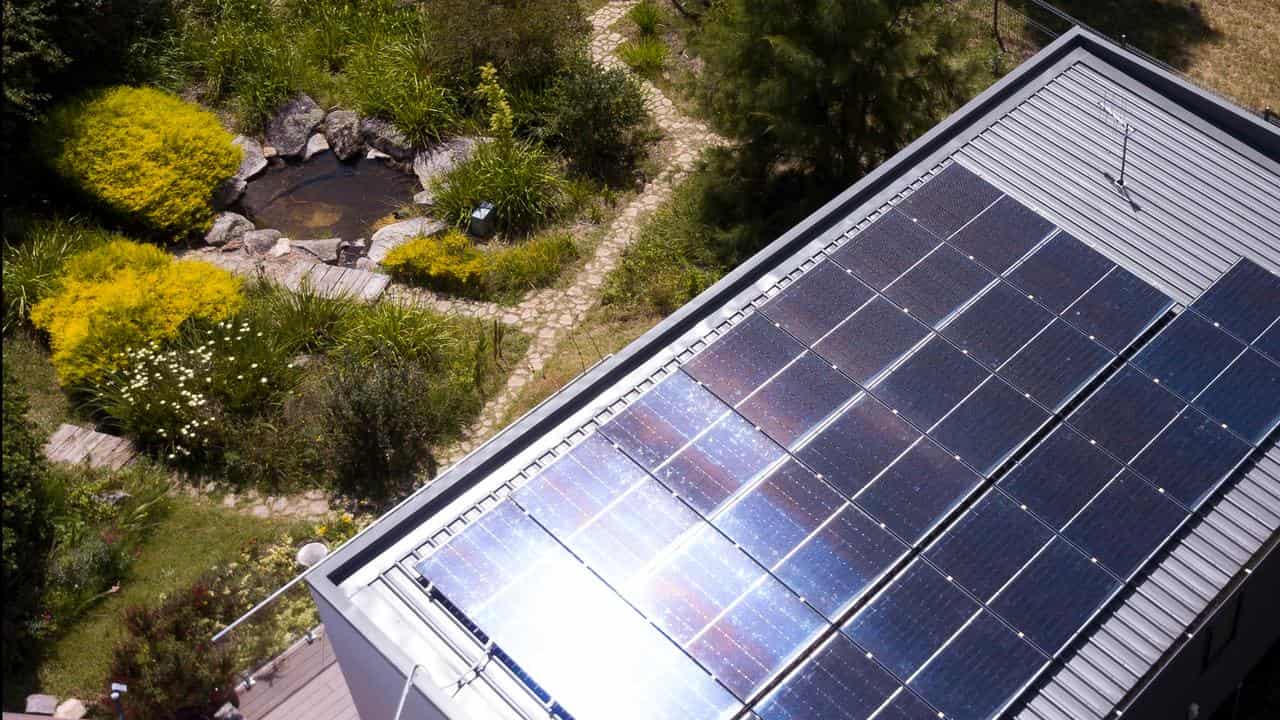
The state's heavy industries are also investing heavily in reducing emissions to meet international standards.
Investment in pumped hydro to support big batteries in firming solar and wind power generation has grown in recent years.
The Borumba and Pioneer Burdekin pumped hydro projects are slated to reduce a combined 11 million tonnes of carbon annually.
However, the LNP has pledged to "end the hydro hoax" by scrapping Pioneer Burdekin in favour of smaller pumped-hydro projects.
Nic Seton, head of Parents for Climate, says the LNP needs to confirm it will continue to roll out wind, solar, hydro and batteries at a rate that will allow coal generators to close as soon as possible.
"We want to see the LNP be true to their word, and meet their promise of reducing emissions by 75 per cent by 2035," he said.
"Not spooking investment in clean energy by suggesting indefinite extensions of dirty, expensive coal stations."
Queenslander and federal Liberal leader Peter Dutton stands ready to convince Mr Crisafulli to reconsider his opposition to nuclear power in the state.
The coalition has proposed building seven nuclear reactors at the sites of existing or former coal-fired power stations, including two in Queensland.
But Queensland's Nuclear Facilities Prohibition Act bans "the construction and operation of particular nuclear reactors and other facilities in the nuclear fuel cycle".
Enacted in 2007, it does so "to help protect the health, safety and welfare of the people of Queensland".
That would appear to rule out nuclear reactors and so-called small modular reactors.
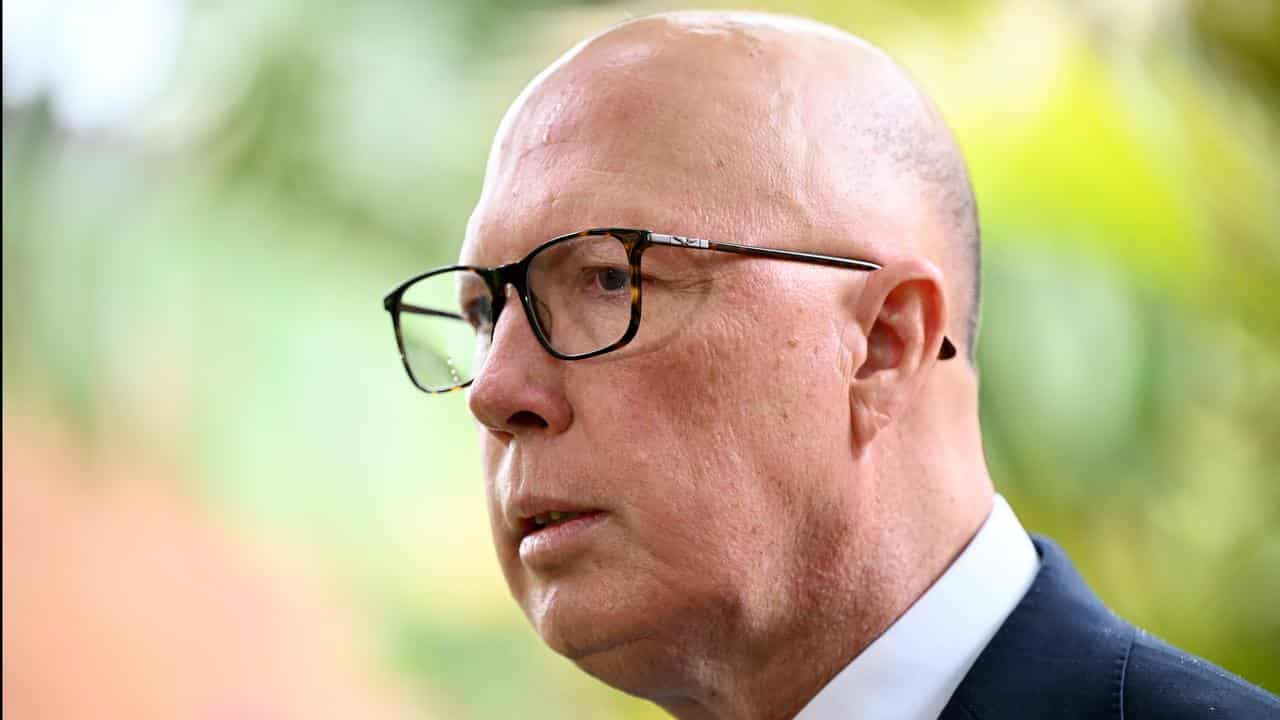
Two of the proposed sites under the federal coalition's nuclear power plan - Callide and Tarong - are coal plants that would keep running under the LNP.
Incident-plagued Callide, in the shire of Banana in Central Queensland, is still under review for one explosion in 2021 that cut power to almost half a million residents.
State-owned Stanwell Corporation's Tarong power station in the South Burnett region, near the town of Nanango, is supplied by the nearby open-cut coal mine, which is also owned by the state.
Stanwell is one of the top three energy generators in Australia and its transition is crucial for Queensland to run on renewables.
Some 70 per cent of Stanwell's power is sold to large commercial and industrial users including some of the nation's largest refineries, which makes it responsible for a big-emitting chain of economic activity.
Nuclear for Climate Australia says the regions could host nuclear power plants, including large reactors in Gladstone to cut emissions and meet the energy demands of the LNG industry and aluminium refineries.
In Queensland's long grid, an "ideal option" would be small nuclear power plants, the nuclear advocates say.
Premier Steven Miles has pledged to hold a state plebiscite on nuclear energy if re-elected but there are questions over whether it would be legally binding.
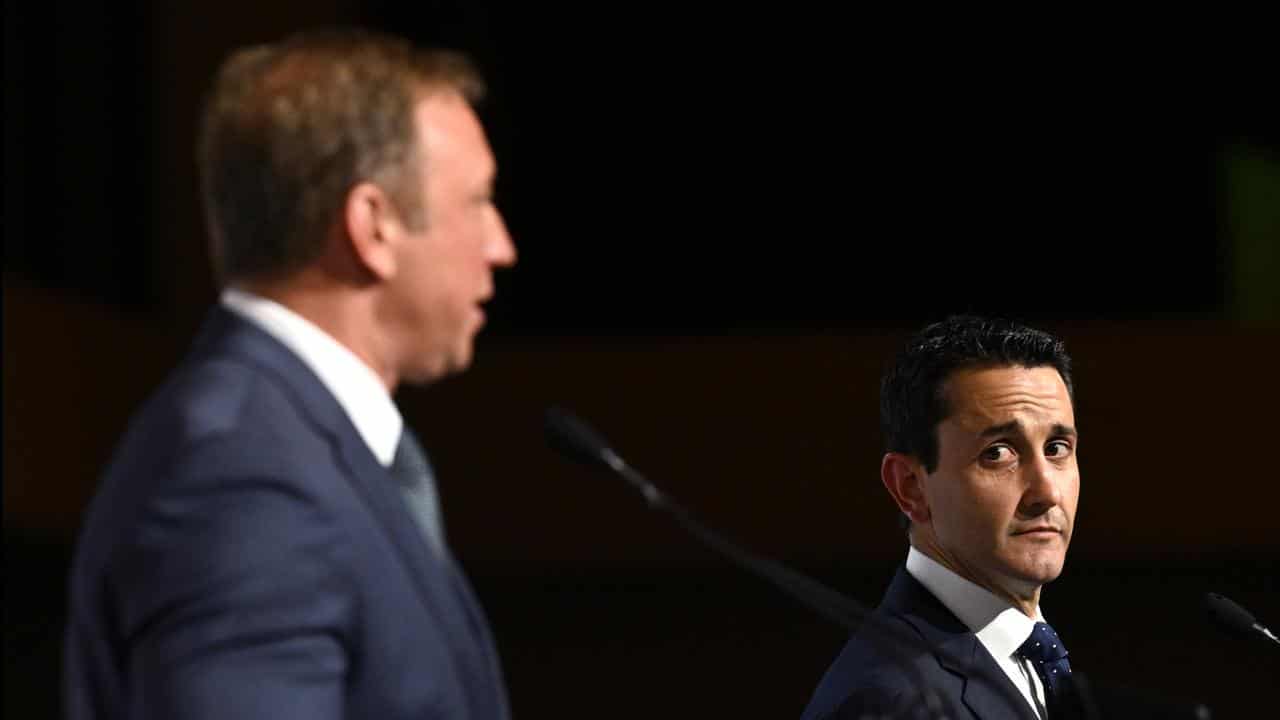
Climate Council chief executive Amanda McKenzie has called on Mr Crisafulli to "reassure Queenslanders that the climate wars are over".
"Proposals to extend the life of old coal clunkers is like trying to flog a 50-year-old car – it’s polluting, unreliable and exorbitantly expensive," Ms McKenzie said.
"Growing clean energy is the measure of success for whichever government is elected as it will cut climate pollution and power bills at the same time."
